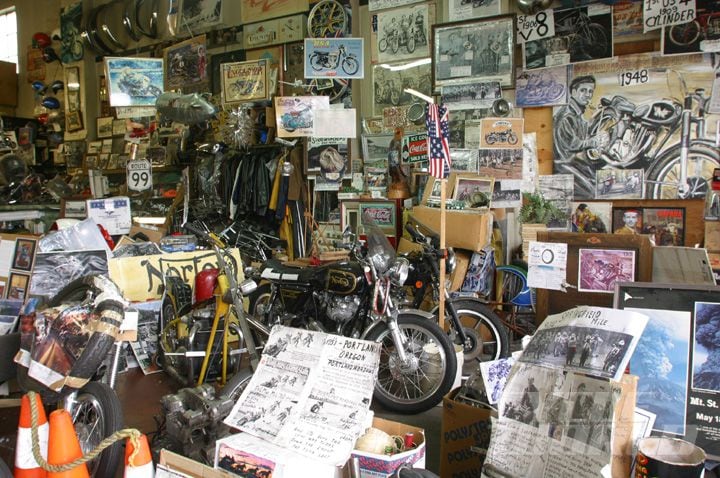Grasping Motorcycle Gears: How to Optimize Your Riding Experience
In the realm of motorcycling, mastering the art of equipment manipulation is crucial for boosting your riding performance. Properly making use of and comprehending bike gears can dramatically affect acceleration, gas, and control performance, changing an ordinary trip into a seamless, exhilarating journey.
Understanding Equipment Mechanics
Just how do the ins and outs of gear auto mechanics affect motorbike performance? At the core of motorbike characteristics, equipment technicians play a pivotal role in converting engine power into motion, ultimately dictating speed and control. Gears, meticulously crafted components, allow riders to optimize torque and speed, ensuring a seamless transition through various surfaces and rates. The equipment ratios, very carefully created, figure out the connection between engine revolutions and wheel turns, impacting velocity and gas performance.
Understanding equipment mechanics begins with identifying the importance of the transmission, which houses several equipments of varying sizes. These equipments communicate with a process understood as meshing, where teeth of various gears engage to send power.
Furthermore, the principle of gear moving is indispensable to optimizing efficiency. Prompt and smooth changes ensure that the engine operates within its optimum power band, preventing unnecessary stress and boosting longevity (motocross gear nz). By understanding these mechanical intricacies, motorcyclists can attain a harmonious blend of performance, power, and control, raising their riding experience
Timing Your Changes
Change timing proficiency is crucial for optimizing motorcycle performance and improving the riding experience. Appropriately timed changes make sure that the engine runs within its optimum power band, which is crucial for maintaining control, achieving smooth acceleration, and guaranteeing the durability of the bike. Cyclists must develop an intuitive sense of when to shift gears, which includes comprehending the connection between engine changes per min (RPM) and rate.
To master change timing, pay very close attention to the engine's audio and feel, as these provide essential clues about when to transform equipments. When the engine comes close to the upper array of its power band without getting to the redline, the suitable shift point typically takes place - motocross parts nz. Moving prematurely can lead to an absence of power, while moving far too late might trigger unnecessary engine pressure
Additionally, roadway problems and riding style impact change timing. In contrast, throughout freeway riding, fewer changes at greater speeds can be a lot more appropriate.
Enhancing Fuel Performance
While mastering motorbike equipments is crucial for performance, boosting fuel effectiveness is just as important for both ecological and financial reasons. Ideal gas intake not only minimizes functional prices but likewise decreases the ecological footprint of riding. To accomplish this, one have to recognize the intricate connection in between equipment option and engine efficiency.
Riding in a greater equipment at lower rates can lead to engine hauling, which is detrimental to both gas economy and engine wellness. Alternatively, riding in reduced gears at high speeds results in unnecessary fuel consumption.
Additionally, regular upkeep plays a crucial duty in fuel effectiveness. Guaranteeing that the motorbike is well-tuned, with clean air filters and properly blew up tires, can lower and boost the rules of aerodynamics fuel wastage. Furthermore, embracing a riding style that welcomes progressive velocity and smooth deceleration can add to much better gas economic climate.

Strategies for Smooth Transitions
Accomplishing smooth gear changes is essential to boosting the riding experience and making sure the longevity of a bike's transmission system. Proper equipment shifting not just adds to a smooth ride yet also decreases wear and tear on the mechanical parts. To master the art of smooth shifts, riders need to focus on a few vital methods.

Second of all, clutch control plays a pivotal duty. Engaging and disengaging the clutch efficiently calls for technique. The clutch lever ought to be launched progressively, enabling a seamless transfer of power from the engine to the wheels without causing a jolt or abrupt motion.

Adapting to Road Conditions
Navigating diverse roadway problems is a critical ability for any kind of motorcyclist intending to keep control and security. Whether you're riding on wet surfaces, gravel roads, or browsing doglegs, your capability to adapt your gear usage and riding strategy is extremely important. Recognizing just how to change your gears appropriately can significantly impact grip and security, guaranteeing a safer trip.
In comparison, when riding on gravel or irregular terrain, reduced gears are preferable. Reduced gears supply better control and permit you to respond even more quickly to unanticipated modifications in the road surface.
Sharp contours demand specific gear monitoring to balance rate and control. Downshifting before getting in a curve can assist keep momentum while making certain the motorcycle continues to be stable throughout the turn. Constant technique in different problems enhances your capability to forecast and respond to changes in roadway appearance and incline.
Verdict
Mastering motorbike equipments significantly enhances the riding experience by boosting fuel, control, and acceleration efficiency. Adapting equipment option to numerous roadway conditions, such as utilizing higher gears on damp surface areas and reduced gears on gravel, further boosts handling and safety and security.
Recognizing equipment auto mechanics begins with recognizing the value of the transmission, which houses several gears of varying sizes. These equipments engage with a process recognized as meshing, where teeth of various gears engage to send power (mx parts nz). Gentle changes to the throttle throughout gear changes can stop jerky movements and keep a constant riding pace
Whether you're riding on damp surfaces, gravel roadways, or navigating sharp turns, your capacity to adjust your gear use and riding technique is paramount. moto parts nz Adjusting gear option to different road problems, such as using greater gears on damp surfaces and reduced gears on crushed rock, further boosts handling and security.